Landing pages are an essential component of any successful digital marketing campaign. They are designed to convert visitors into leads, customers, or subscribers by focusing their attention on a specific offer or product. Creating an effective landing page requires careful consideration of various elements, from design to copy and call-to-action. In this article, we will provide some tips for creating effective landing pages that convert.
Understand your audience
The first step in creating an effective landing page is to understand your target audience. You need to know who they are, what they want, and what motivates them to take action. This information will help you create a landing page that resonates with your audience and addresses their pain points.
Keep it simple
One of the most common mistakes businesses make when creating landing pages is trying to include too much information. A landing page should be simple and focused, with a clear and concise message that is easy to understand. Keep in mind that visitors to your landing page are likely to have short attention spans, so you need to make it easy for them to understand what you are offering and how it benefits them.
Use persuasive copy
Your landing page copy should be persuasive and highlight the benefits of your offer. Use headlines, subheadings, and bullet points to break up the text and make it easy to scan. Use action-oriented language to encourage visitors to take action, such as “Download Now” or “Sign Up Today.”
Use high-quality images and videos
Images and videos can be powerful tools for engaging visitors and communicating your message. Use high-quality images and videos that are relevant to your offer and that help to reinforce your message. Make sure that your images and videos are optimized for web use to ensure that they load quickly and don’t slow down your landing page.
Make it easy to navigate
Your landing page should be easy to navigate, with a clear and logical flow that guides visitors towards your call-to-action. Use a single column layout, and place your call-to-action above the fold, so it’s easy for visitors to see. Use a clear and concise headline that immediately communicates the value of your offer.
Test and optimize
Creating an effective landing page is an iterative process that requires testing and optimization. Use A/B testing to test different versions of your landing page to see which one performs better. Make changes to your landing page based on the results of your tests, and continue to optimize your page over time to improve its performance.
Conclusion
Creating effective landing pages that convert requires careful consideration of various elements, from design to copy and call-to-action. By understanding your audience, keeping it simple, using persuasive copy, and high-quality images and videos, making it easy to navigate, and testing and optimizing your page, you can create landing pages that drive conversions and help to grow your business.




